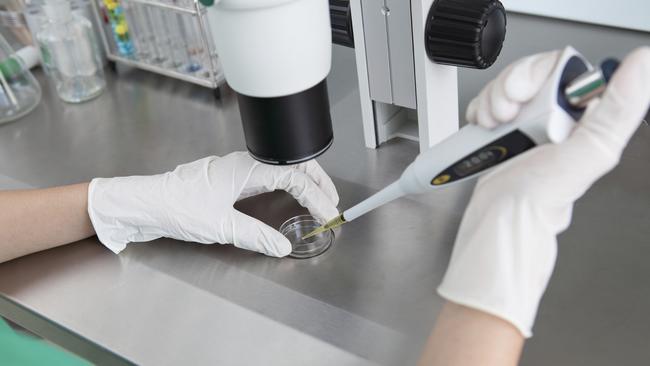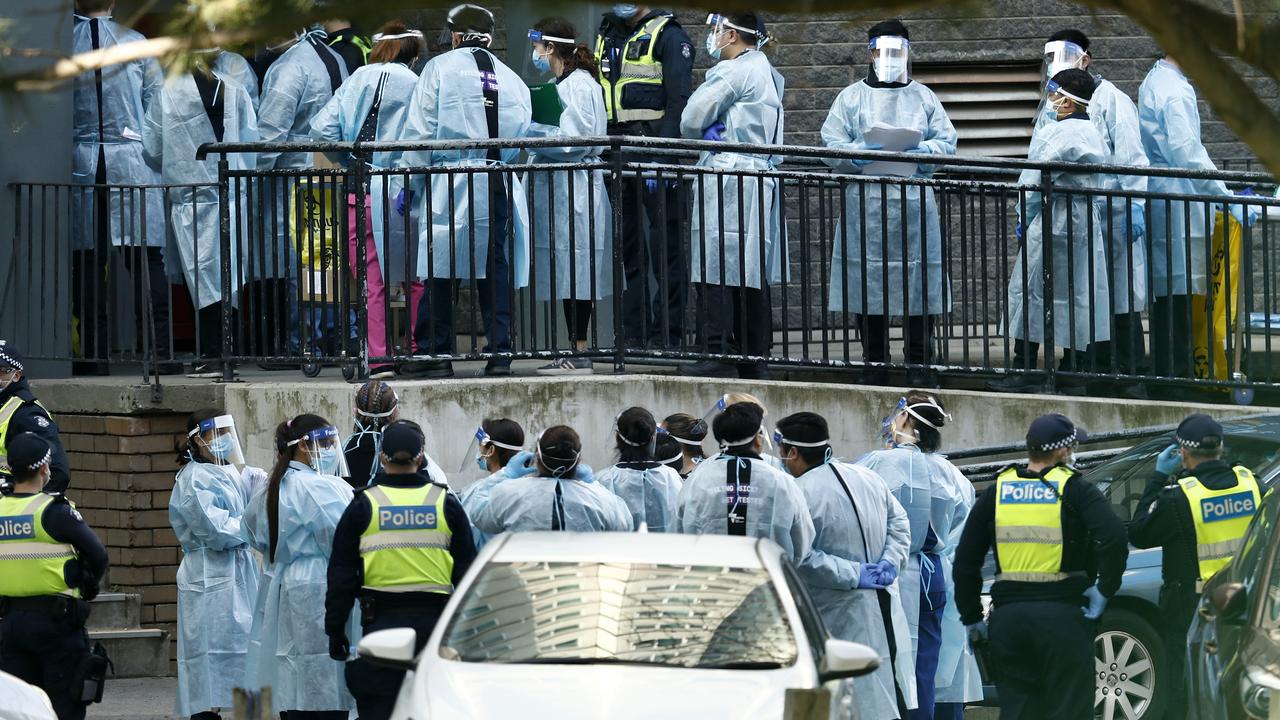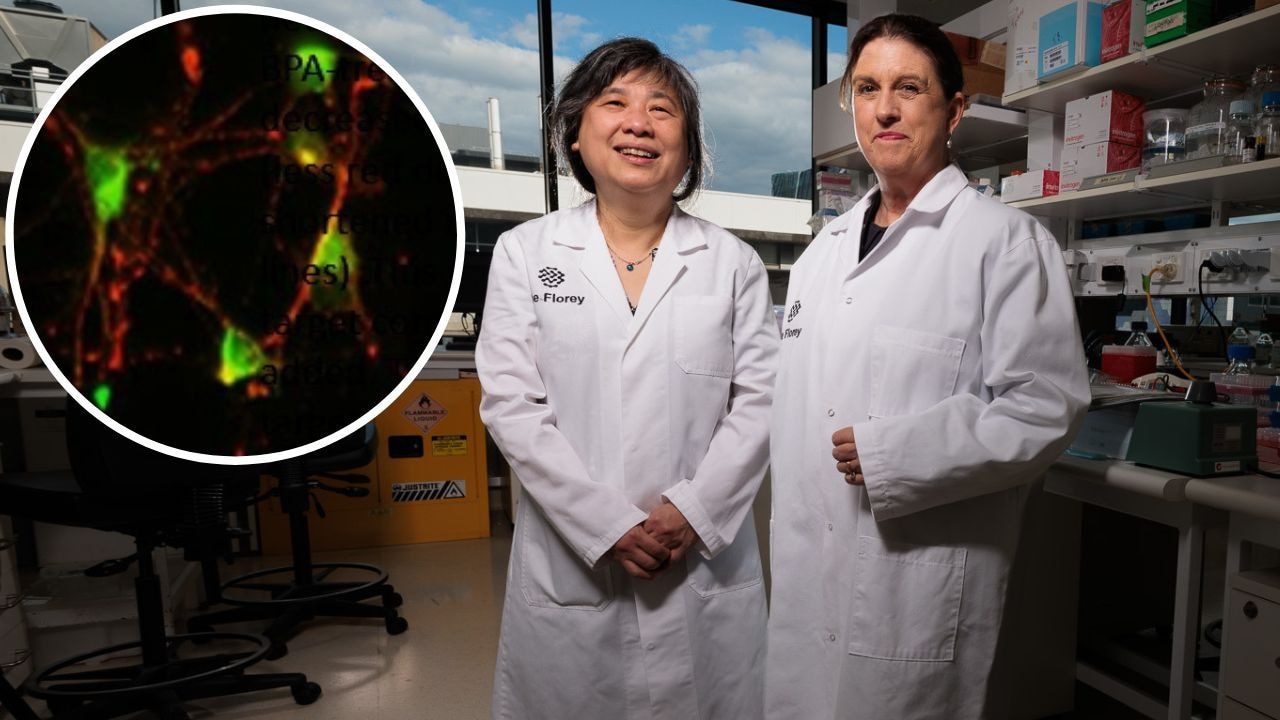Brighter future for cancer patients with DNA screening program
Queensland wants to set a benchmark in DNA screening for the treatment of cancer — but it could all still be 15 years away.

Queensland has set a 15-year target to upgrade cancer testing with breakthrough genomic sequencing, creating one of the first government benchmarks for the rollout of the technology.
State Health Minister Steven Miles said “nearly all” patients with significant cancers would ultimately be given whole of exome DNA screening to guide their treatment.
“I want to see this kind of testing accessible for more people in Queensland as soon as possible,” Dr Miles told The Australian.
“We’re positioning Queensland to use the translation of genomics more, where healthcare is tailored to individual DNA profiles for better diagnosis and personalised treatment options.”
But the timeframe of 10-15 years for the rollout will anger cancer patients clamouring for access to the testing. Although it is accessible if they pay privately — with prices ranging from $1000 to $6000 to have a panel of potential biomarkers screened — integrating the results into a treatment program can be challenging, with anecdotal evidence suggesting that some cancer physicians are unwilling or unable to make full use of DNA profiling.
At the same time, state and federally funded trials are delivering results that are prolonging lives. As reported in The Weekend Australian, a partnership between the Queensland government, Queensland University of Technology and state agency Pathology Queensland is sourcing patients from Brisbane’s Princess Alexandra Hospital and has opened additional treatment options for up to 60 per cent of those screened.
This happens when cancer samples are run through a panel of 500 biomarkers to identify specific genetic mutations that are then compared to the exome, a shorthand map of the patient’s DNA, and paired with existing or experimental medicines.
QUT director of genomics Matt Brown said new “clinically actionable” mutations had been detected in 60 per cent of blood cancer patients and 40 per cent of those with lung cancer. In most cases, these would not have been picked up by standard testing which for lung cancer patients was limited to three or four specific DNA targets.
“Other countries are using this a lot more than we are, and the data suggests they are doing better in cancer management than we are,” Professor Brown said.
Nurse Susie Krimmer, who had limited conventional treatment options after metastatic breast cancer spread from her brain to the liver, was given a new lease of life after enrolling in Professor Brown’s program. The cancer was stopped by an immunosuppressant drug identified through genomic testing.
While she welcomed Dr Miles’ commitment to a timeframe for the rollout, Ms Krimmer said 10-15 years was too long to wait for most cancer patients.
“On a cost basis alone, the potential savings are huge,” she said.
“With this testing you can target treatments precisely rather than do what they did to me, which was to put a finger in the air and throw chemotherapy at the disease, with all the awful side-effects and not much … impact on my cancer.”



